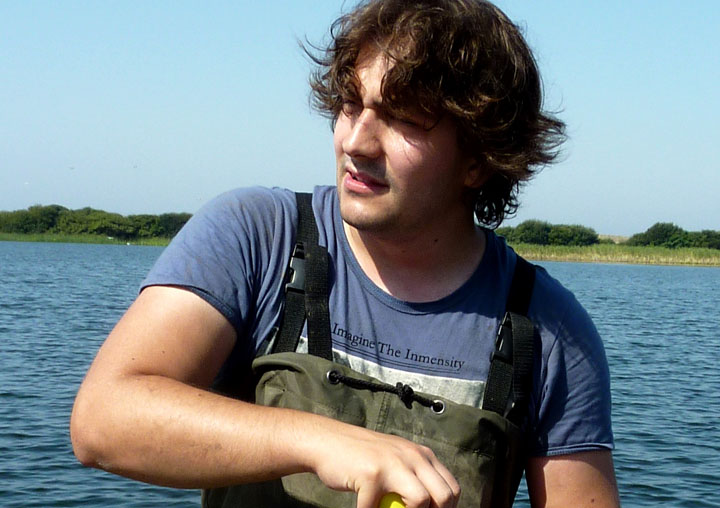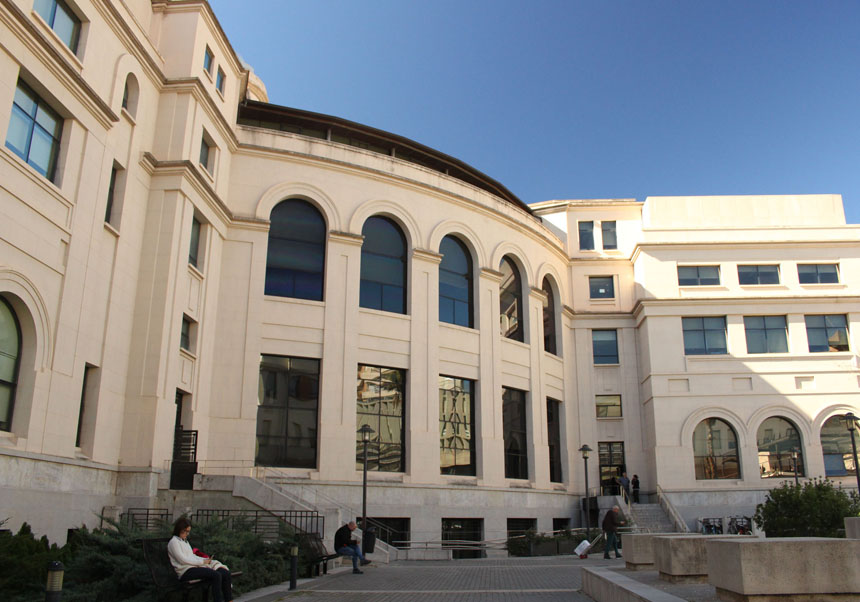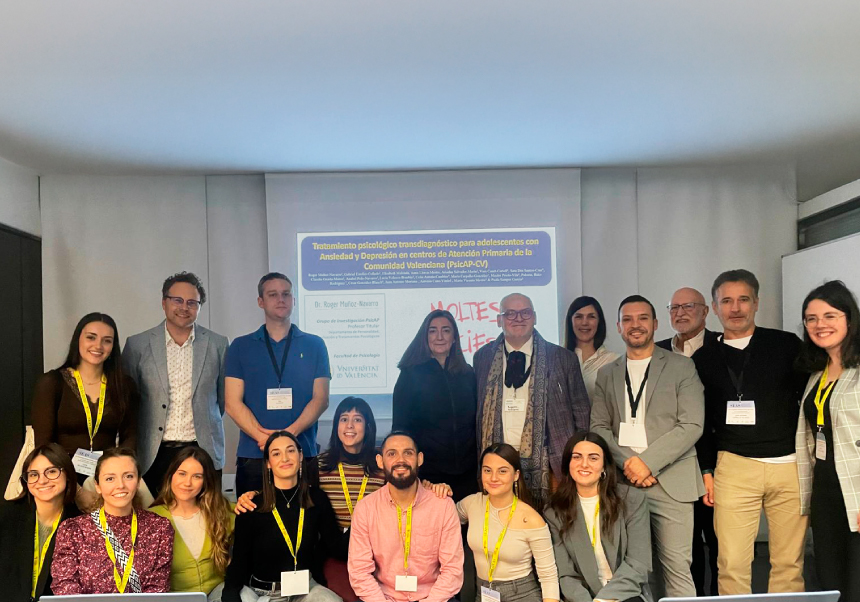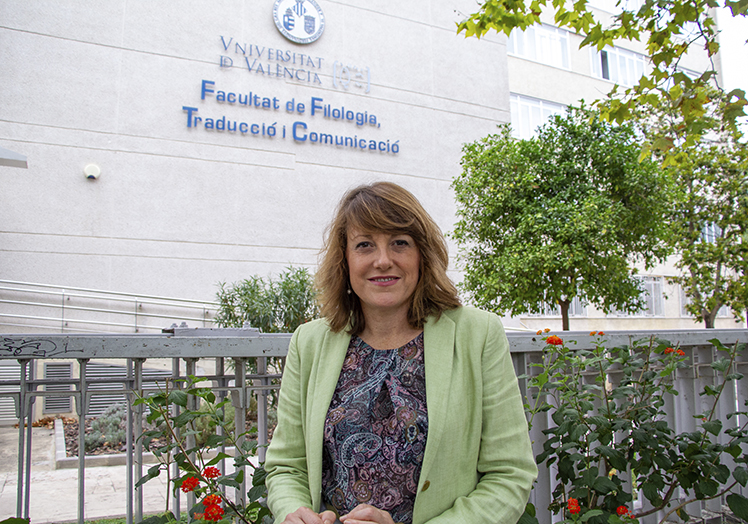A new study warns of high levels of plastic waste pollution in lakes and reservoirs around the world
- Press Office
- July 12th, 2023

An international study published in Nature, a scientific journal in collaboration with UV researchers, confirms the threat of plastic waste and microplastic contamination to humans and aquatic life. Up till now, the majority of research in this area has been centred on the world’s oceans, yet this study reveals the presence of plastic pollutants in lakes and reservoirs, beyond large urban or highly human-transformed areas.
A new study warns of high levels of plastic waste pollution in lakes and reservoirs around the world
An international study published in Nature, a scientific journal in collaboration with UV researchers, confirms the threat of plastic waste and microplastic contamination to humans and aquatic life. Up till now, the majority of research in this area has been centred on the world’s oceans, yet this study reveals the presence of plastic pollutants in lakes and reservoirs, beyond large urban or highly human-transformed areas.
The study titled Plastic debris in lakes and reservoirs, published in Nature and lead by researchers Verónica Nava and Barbara Leoni from the University of Milan-Bicocca, collected data from lakes and reservoirs in 23 countries across 6 continents in collaboration with 79 researchers from the Global Lake Ecological Observatory Network (GLEON). Rafael Carballeira from the Limnology research group at the Cavanilles Institute of Biodiversity and Evolutionary Biology of the Universitat de València participated in this study. Carballeira has dedicated his work to the study of lakes on the Iberian Peninsula and the monitoring of their ecological status in order to ensure the availability of water resources and to sustain terrestrial diversity--a line of investigation that is part of the extensive trajectory of the Limnology group.
The following Iberian aquatic ecosystems were studied: the Sau reservoir in Barcelona, the Alqueva reservoir in Portugal (the largest reservoir in Western Europe), and in the region of Galicia, the artificial Lake Meirama, the Cecebre reservoir and the natural Lake Doniños. Cecebre and Meirama are the main water source for the city of A Coruña.
The microplastic values of these lakes and reservoirs is in the intermediate range, with higher values in the case of the Sau reservoir and minimum values in the natural lake of Doniños. The levels detected are concerning for the future because of their affect on the availability of drinking water for human consumption and because of the potential impact on wildlife.
In some lakes, the level of contamination is higher than in the oceans. This is the case in Lake Maggiore in Lugano, Italy, Lake Tahoe in the US and Lake Neagh in the UK, which all happen to be popular tourist areas. These lakes all provide the main source of water supply for the human populations in the surrounding areas.
The use of advanced technology, such as Raman micro-spectroscopy, has allowed researchers to detect and determine the composition of these plastics with sufficient certainty and, therefore, demonstrate that the majority of this waste is polyester, polypropylene and polyethylene residues. Furthermore, for the first time the application of a standardised methodology centralised at the University of Milan-Bicocca has allowed researchers to compare the results of plastic waste levels from samples collected from around the world across important geographical, climatic and anthropogenic gradients.
This study revealed concerning levels of plastic and microplastic waste (<250 microns) that exists in freshwater depositories that reaches them through the hydrological network that feeds them. The study showed the Iberian lakes and reservoirs to contain intermediate levels of plastic waste compared to those recorded worldwide. Although we don’t yet accurately know the repercussions of microplastics on human health, we do know that certain fragments (< 150 microns) are being incorporated into human tissue, even in the placenta during pregnancy, with the consequent risk of chronic exposure to potentially toxic compounds in the human body, which is already being observed in aquatic organisms and in vitro studies.
Water is a fundamental resource for human life and the maintenance of ecological functions, and the high levels of microplastics in inland aquatic ecosystems are putting the availability of drinking water at risk in certain regions. This becomes increasingly alarming in the context of global climate change, in which periods of drought are longer and more frequent and are compromising the availability of water in certain geographical areas such as the Iberian Peninsula and Southern Europe.
The high human capacity to transform natural ecosystems and the increased production of synthetic, petroleum-based compounds like plastic is of growing concern when considering the possible disruption of natural biogeochemical cycles and the alteration of the ecosystems of freshwater wetlands that support human well-being and wildlife conservation.
--------------
More information (DOI): https://doi.org/10.1038/s41586-023-06168-4
More information:
File in: Recerca, innovació i transferència
















